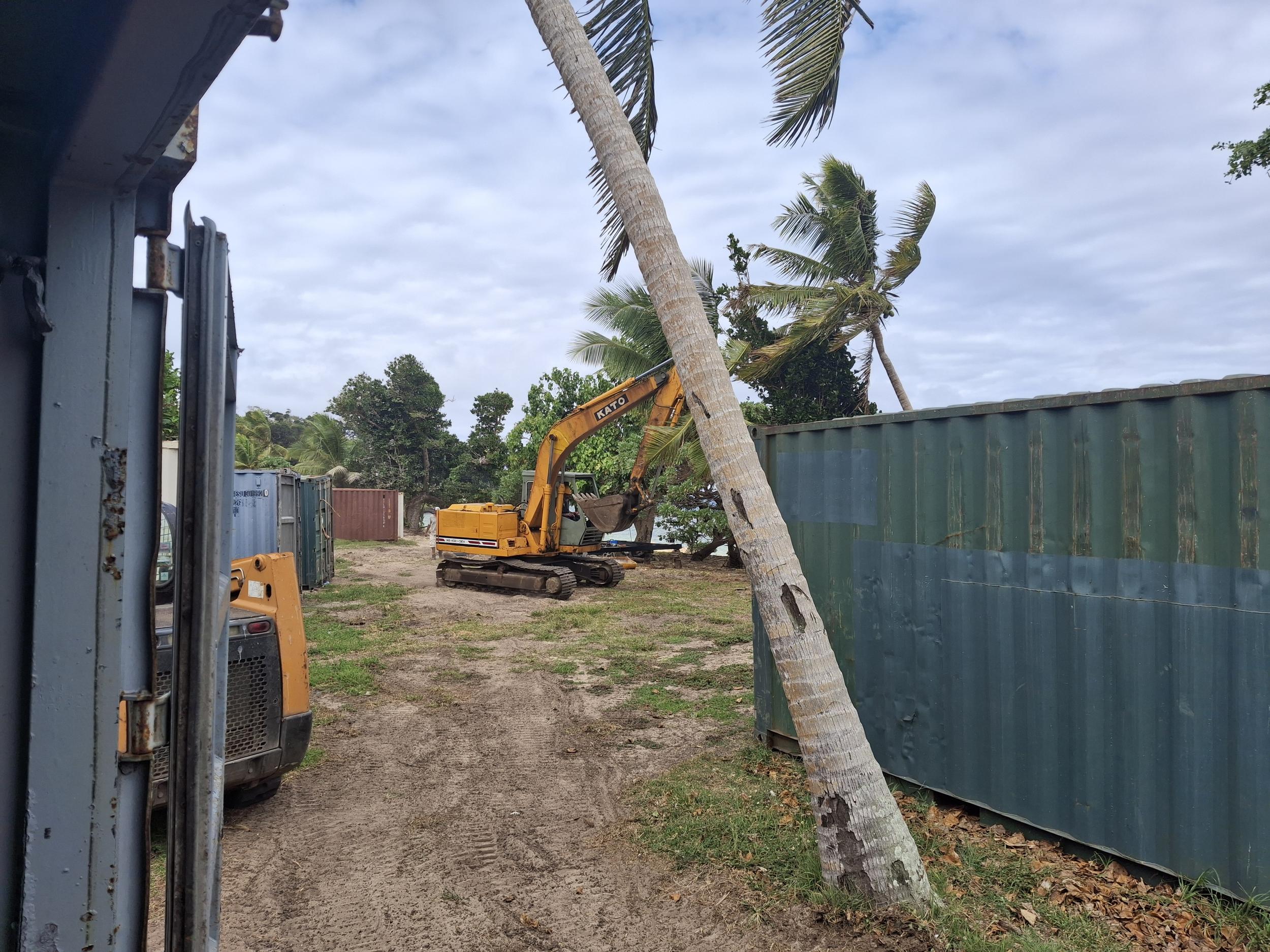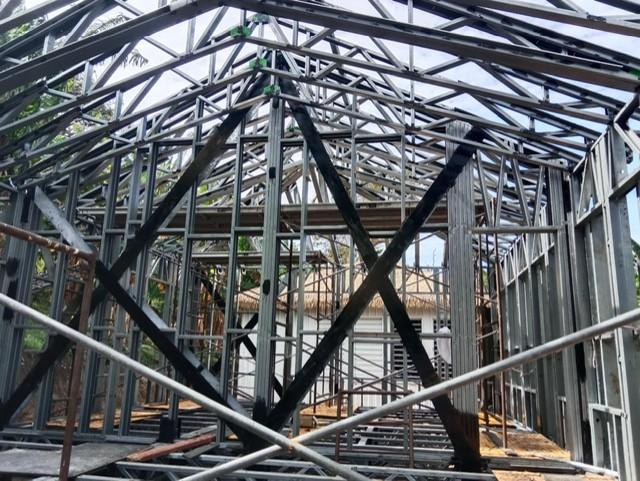In February 2016, the strongest storm ever recorded in the Southern Hemisphere made landfall in Fiji. Cyclone Winston tore directly across Namena Island.
In a matter of hours, every building was destroyed. Trees were flattened, the lush canopy vanished, and the island was left bare and silent.
Yet even in destruction, there was hope.
The reef — Namena’s beating heart — had survived. Despite the fury above, the underwater world remained almost untouched. Coral gardens, soft walls, and reef fish continued their timeless dance below the waves. It was as if the ocean itself had shielded its sanctuary.
That resilience became the inspiration for what came next.

Namena’s rebuild began not as a construction project, but as a restoration. The goal wasn’t to replace what was lost — it was to reimagine what the island could be, without disturbing its spirit.
Fiji’s government granted permission to redevelop just 10 acres of the 110-acre island.
The remaining 100 acres were permanently preserved as a bird sanctuary — now thriving with the return of Red-footed Boobies, Tropicbirds, and Great Frigatebirds.
Every new structure was designed to harmonise with the island, not dominate it.
All construction followed strict ecological principles — minimal footprint, renewable materials, and full respect for Namena’s fragile ecosystem.

Native vegetation reclaimed the land, seabirds returned to nest, and the sound of life filled the island again.
What could have remained a scar on the sea became a symbol of renewal and resilience.
The new Namena Island Beach Resort is not just a destination — it’s a living reminder that nature, when respected, always finds its way back.
